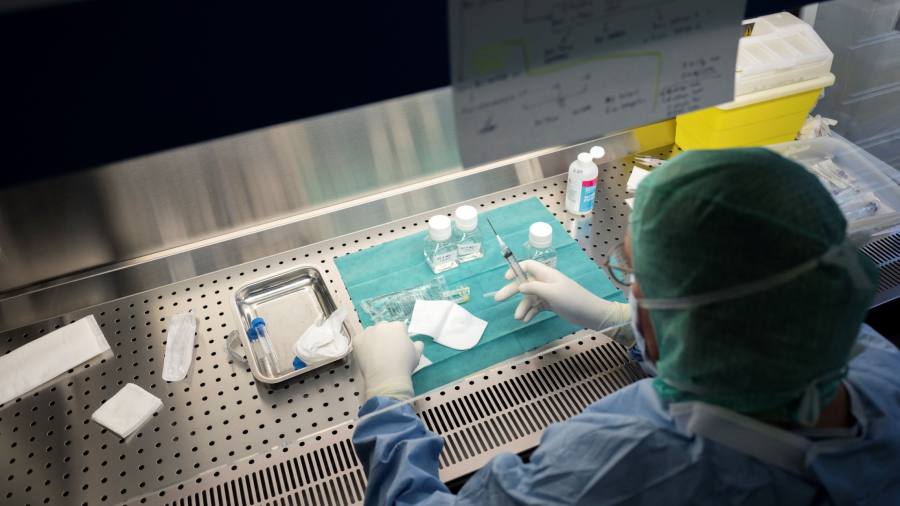
Fewer than a quarter of countries have a funded and monitored national action plan to tackle the growing global problem of drug-resistant bacteria, according to data collected by the World Health Organization.
Just 17 nations have made financial provision in their budgets to support antimicrobial resistance (AMR) plans, pointing to widespread gaps in efforts to tackle a spiralling health crisis that is estimated to kill nearly 1.3mn people each year directly and be associated with 5mn infections.
The annual survey highlights some growth in the number of countries developing national plans. But it also reveals limited funding and implementation as well as wide variation in the accompanying legislation, regulation and tracking needed to limit the overuse of antibiotics in humans and animals.
Progress by individual countries is shown in the latest Tracking AMR Country Self-Assessment Survey (Tracss), which has been analysed by the FT with support from Yuzana Khine Zaw and Andrew Farlow, research fellows at Oxford university.
Efforts to tackle antibiotic resistance were set back by the Covid-19 pandemic, with countries reporting that their funding and focus was reduced, their awareness campaigns and technical capacity building deferred, and their monitoring and data collection activities weakened.
Hanan Balkhy, assistant director-general at the WHO in charge of AMR, praised progress by countries but called for “urgent action” to introduce more robust monitoring systems for antimicrobial consumption and human health use.
“As countries emerge from the Covid-19 pandemic, they need to urgently prioritise, cost, fund and expedite the implementation of their multisectoral AMR national action plans,” she said.
The Tracss responses revealed that, among the 166 countries reporting in 2022, 17 said they had no AMR plan, 102 had one developed or under development, and 30 had one which was being implemented but not monitored.
While more countries have reported that they have national plans in recent, fewer judge that they have high-quality plans that are endorsed, funded, implemented and actively monitored.
“After Covid-19, people now understand infections affect economies and can make the health sector fall over,” said Dame Sally Davies, the UK special envoy on antimicrobial resistance. “But funding has slowed down and we aren’t where we had hoped to be. We need targets and proper independent data.”
There are wide variations in legislation on the responsible use of antibiotics and other antimicrobial drugs such as anti-fungals. For human health, 147 countries report regulations on the prescription and sale of medicines but only 74 of them actively monitor national sales.
For terrestrial animals, 123 countries have legislation on the use of antibiotics but just 92 have a national monitoring system to track usage in animals, which can be a source of drug resistance and, in turn, threaten human health. There is similarly low coverage for aquatic animals.
There is also limited legislation and a lack of other controls to prevent environmental contamination — another important factor in driving antibiotic resistance. Pollution, which can be caused by run-off from farming and the release of antimicrobials into the water system by people and drugmakers, remains a widespread concern.
Nearly a third of the countries that responded to Traccs have no national system to monitor the use of antimicrobials, while just 36 say they have regularly reported data on the prescription and appropriate use of medicines.
Antibiotics are often provided in lower income countries without a prescription in the absence of other medicines, and overprescribed even by doctors when there is insufficient access to diagnostics to clarify whether patients need them.
Excessive use of antibiotics, combined with patients who do not complete a full course of treatment, drives the development of resistance. But the pipeline of newer antibiotics to replace existing drugs that are becoming less effective is thin.